To expand upon Nicole's answer, I have tested the trial of NDepend and I believe I have found the figures I was looking for in something they call the "Dependency Matrix". My understanding of it is as follows.
The numbers in green are a count of how many times the assembly in the current row references the assembly relating to the number in the current column. The numbers in blue are a count of how many times the assembly in the current row is referenced by the assembly relating to the number in the current column. Since an assembly cannot make an external reference to itself, no numbers can appear on the diagonal line.

What I do no understand however is why, for example, the number in cell 0, 4 is 93 but the number in cell 4, 0 is 52; shouldn't these numbers be equal? Assembly 0 is only used by assembly 4 the same number of times as assembly 4 uses assembly 0 - how can these numbers be different?
UPDATE: I have watched a PluralSight video on this tool and found out that the number in the green box represents how many methods in the referencing assembly make reference to the referenced assembly. The number in the corresponding blue box represents how many methods in the referenced assembly are being used by the referencing assembly. Neither of these numbers precisely represent the number of calls one assembly makes to another (since a method could contain multiple references) but I believe it does provide a sufficient level of granuarity anyway since methods should conform to SRP and thus all references within a method should relate to a single behaviour.

